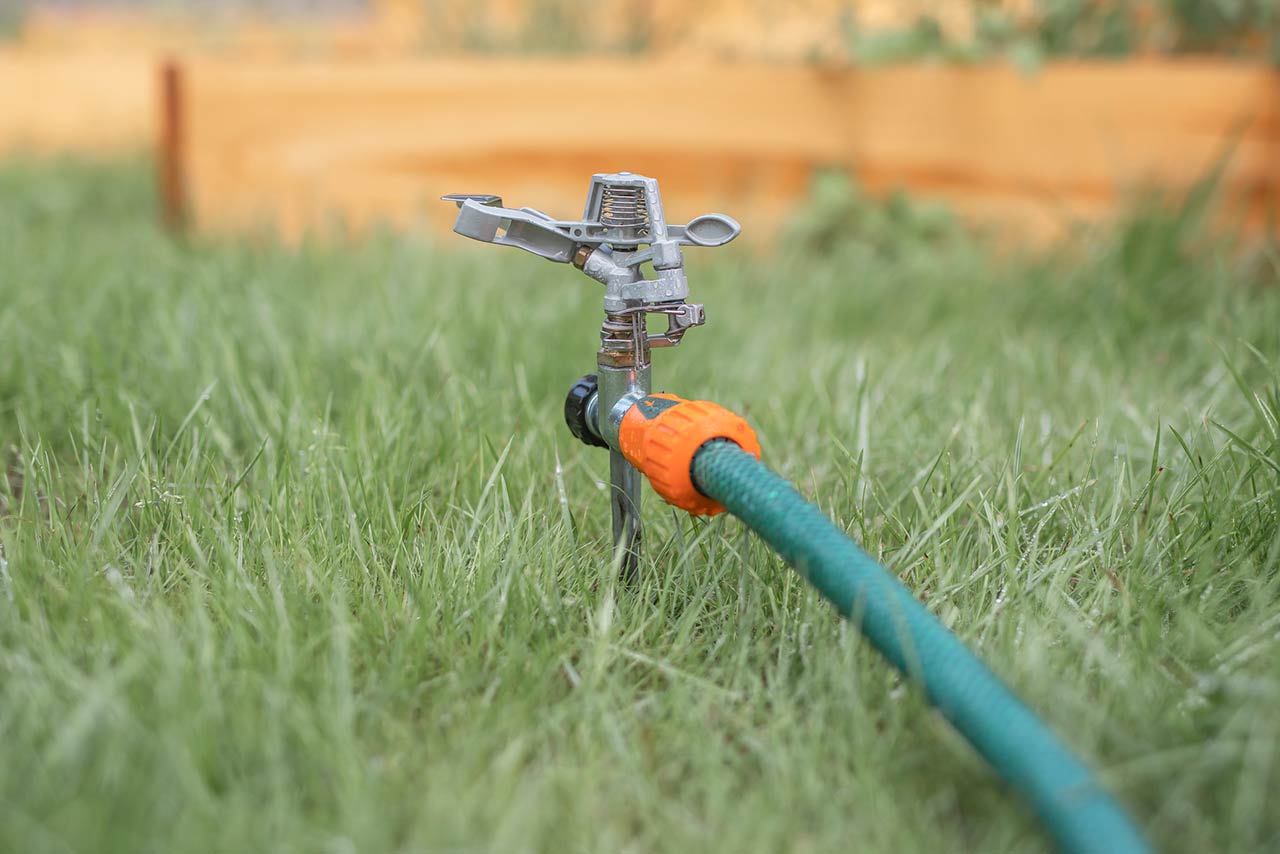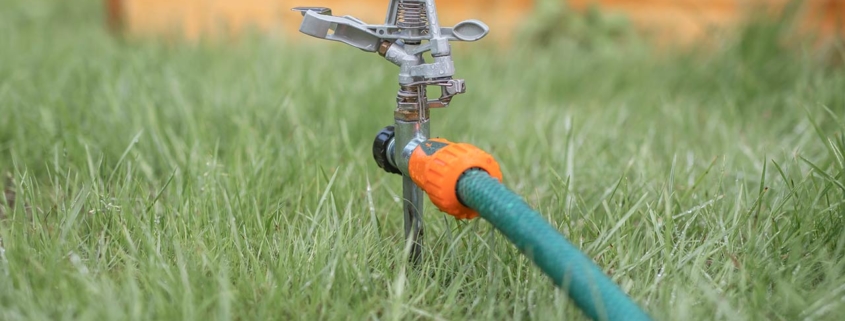Chicago Home and Lifestyles – Midsummer landscape

July 4th has come and gone. We often think that summer is halfway over although we still have a couple of months to go. Around much of the country we can experience dry conditions. Keep an eye on rain totals during dry spells and zero in when you check online. With much of our rain coming from thunderstorms rather than all-over rain, rain totals can differ less than ½ a mile away. An inch of water per week is the minimum needed for the landscape and garden. If you need to augment, use soakers and sprinklers that maximize the amount of water your landscape receives while losing the least to evaporation.
Oscillating sprinklers shoot the water high in the air and swing back and forth, do not buy these. You lose much of the water to evaporation, and it would take 10 hours to put down enough water. The sprinkler you want can be called a few different names. The main name is pulsating. Also known as impact, circulating or spike. There is a picture of one accompanying this blog. It keeps the water close to the ground, losing less to evaporation and puts down the most water in a shorter time. Place an empty can out and water till it reaches an inch. If you are expecting storms coming water first so if you get a downpour most will soak in instead of running off.
Root watering is best for trees and shrubs, especially ones not well established, two years or more. A root waterer is an approximately 30-inch-long hollow aluminum pole with holes with a hose attachment at the top. It directs water to the deep roots of trees and shrubs. Place in the ground all the way down to the hose attachment a foot or so in from the dripline and water for two hours minimum. An open hose trickling for three hours can do a decent job if you have no root waterer.
Watering includes the garden of course. You can fertilize even in the heat of summer. Vegetables especially need fertilizer every two-three weeks. Give a slightly weaker mix if it is particularly hot. Water and fertilize early in the morning or later in the day after the worst of the sun is past. Try to see that the landscape has time to dry out a bit before dark to prevent wet conditions overnight that can cause fungus.
Kathleen Weaver-Zech and Dean’s Team Chicago

